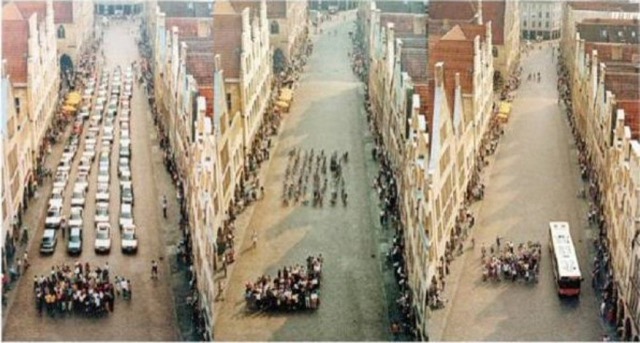Californians need to give up on their dream of a “ranch-house lifestyle” and an “ample backyard” and the state should become “more like New York City,” writes LA Times columnist George Skelton (reprinted in the Mercury-News and East Bay Times in case you run into the LA Times paywall). After reading his article, the Antiplanner has just one question: Why?
Skelton argues that California’s population has grown in the last 70 years and is still growing. But he doesn’t seem to realize that the vast majority of the state is still rural. The 2010 census found that urban areas covering just 5.3 percent of the state is urban and houses 95 percent of the state’s population.
In 2000, California conducted a housing supply study titled Raising the Roof. The full text of the study is no longer available on the California housing department’s web site, so I’ve posted it here. Chapter 3 assesses how much land in each county is available for development, data summarized in exhibit 13 (previously cited here). Continue reading








